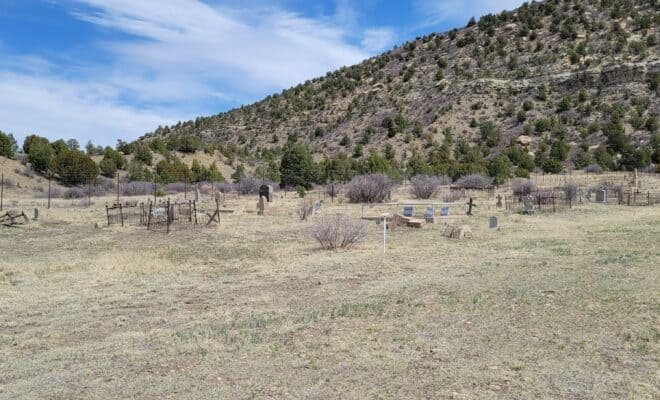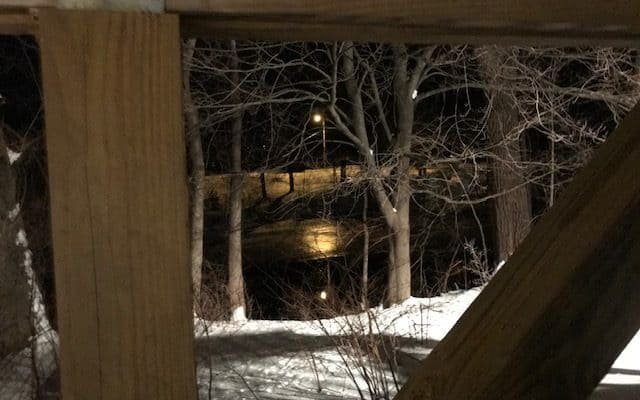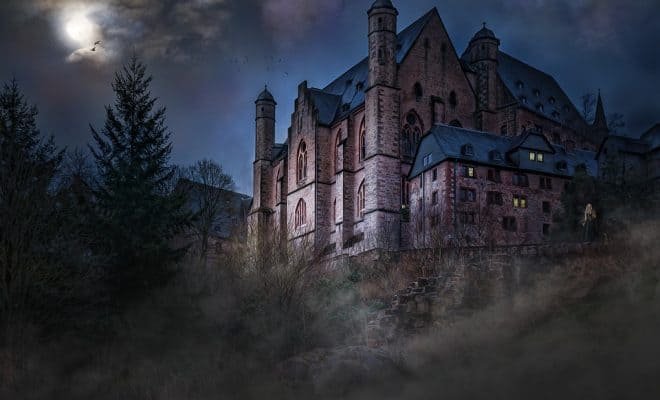Dawson – New Mexico’s Forgotten Town

In New Mexico, Dawson was once a prosperous and growing town. Now it is a haunted cemetery. The town is gone, and all that is left are residents’ spirits. Witnesses report seeing ghostly figures walking in the cemetery, they disappear when people approach them, and reports of seeing lights bobbling add to the haunted reports. You can hear soft moans echoing through the cemetery after dark.
Do you want to experience this for yourself? First, you have to find Dawson, and that’s why it has its haunted reputation because it is her former residents that haunt the town.
Dawson is a former mining town with a horrible past with only her dead left to tell her story. Phelp mining company sold all the buildings, and now only gravestones and crosses tell Dawson’s history.
In 1869, John Barkley Dawson came to New Mexico looking for a place to settle. Five and a half miles from Colfax, he found what he was looking for and paid $3700 to Lucian B. Maxwell. Dawson made his deals verbally with only a handshake in those days. Today, that land is split into two working ranches, with the cemetery located in the middle.
Once he settled on his ranch, he discovered coal on his property, and instead of burning wood, he burned coal in his stove. His neighbors weren’t too sure of this method, but curiosity won out, and they asked for samples and were unanimously pleased with how well the coal heated when burned. After that, Dawson started selling coal to his neighbors.
In 1872, Maxwell sold most of his land to a Dutch Firm, which eyed Dawson’s land with greedy interest. The company tried to evict Dawson off his land, but Dawson took them to court. He admitted to the judge that he bought the land from Maxwell with only a handshake.
Dawson hired a lawyer, and in 1893 the court decided in Dawson’s favor. They stated that the Land Grant Company could not prove Dawson didn’t own the land and mineral rights. Then, to make matters worse, the courts discovered that although Dawson thought he purchased 1,000 acres? He didn’t.
Dawson purchased 20,000 acres, and needless to say, the land company, upon hearing that, were not happy.
Dawson was a happy camper, and he and his partner Charles Springer ranched the land until 1901. Then he sold most of his property to the Dawson Fuel company for $400,000. He kept 1200 acres for himself and continued to farm the land.
Charles B. Eddy of El Paso, Texas, helped the Dawson Fuel company start. Eddy was a railroad promoter and convinced Dawson to build a 137-mile-long-railroad. The railroad connected Dawson mine to Tucumcari, New Mexico.
In August 1901, the owners started the sawmills to produce the wood needed to build homes, stores, and offices with fifty miners ready to work the mine.
Dawson became a city and the largest coal mining operation in New Mexico. The mining company built 100 cottages and put up additional coke ovens as it grew. It was fast becoming a significant hub, prosperous and growing.
Then the first of many tragedies hit the town. On September 14, 1903, a fire broke out in No. 1 mine. Several explosions followed the fire, but miraculously, 500 miners escaped. Unfortunately, three did not. It took the mine a week to put out the fire.
It slowed the town a little bit, but soon it was back on schedule with the mine. Miners were flocking to the city that by 1905, the Dawson had 2000 residents. They had their own post office, liquor store, mercantile, school, newspaper, and a large hotel. They were growing and growing fast.
Phelps Dodge Corporation bought Dawson mines to mode Dawson into a model city and the ideal company town. Phelps did everything to make their mines safe. They built spacious homes for their workers and even supplied clean water from their water system.
They built everything a budding town needed, from a considerable mercantile that offered anything a person could need or want to modern hospitals and schools for their children and churches to worship. Dawson’s population grew to 3500 residents.
Phelps Corporation went out of its way to ensure their mines were safe. They did such a great job with Stag Canyon Mine No. 2; it attracted the attention of mine experts in 1913. The New Mexico Mine expert was extremely impressed with how modern the equipment was and the safety measures.
Yet, two days after the mine’s inspection, an intense explosion shot flames 100 feet into the air. Only 23 out of 286 men survived to tell their tale about the explosion, and the tragedy still lived on in the minds of the survivors.
Phelps Corporation installed more safety precautions to ensure the mine was safe and rebuilt the damage in the mines. They resumed production, gradually increasing their output to 4 million tons of coal a year in 1918.
But once again, Dawson was hit by a terrible accident in 1923. A mine train jumped its track in Stag Mine No.1, crashing into the supporting timbers at the mouth of the tunnel, igniting the coal dust floating in the air.
This time only two out of 123 men survived this accident. Phelps cleaned up the mess and added more safety precautions. The mine ran accident-free for another thirty years, but railroads began converting to diesel engines and didn’t need coal. Natural gas and heating oil replaced fuel in homes.
On April 30, 1950, the mine shut down.
That was the beginning of the end for Dawson. Phelps Dodge Headquarters sold the entire town to a salvage company in Phoenix.
Phelps took care of the minors while alive but sold the town. Everyone left leaving behind the dead. Only the cemetery is there in Dawson. If you have the patience to drive out there, those poor souls who gave their lives working the mines are buried in the middle of nowhere.
Witnesses say the cemetery is haunted, and I can believe that. It was eerily quiet, with no birds chirping when I went to explore it. The weather was chilly and overcast with a breeze, and a raven watched me as I walked the graves.
I can only imagine how they come alive searching for their families or loved ones at night, only to see everything is gone. Dawson is completely gone, leaving only the cemetery tucked between two isolated ranches miles from the nearest village of Cimarron, New Mexico.
If you are brave enough to visit, I’m sure the remaining residents of Dawson would enjoy the company.









